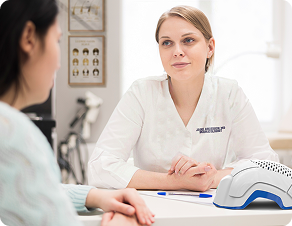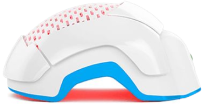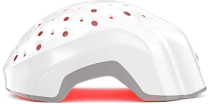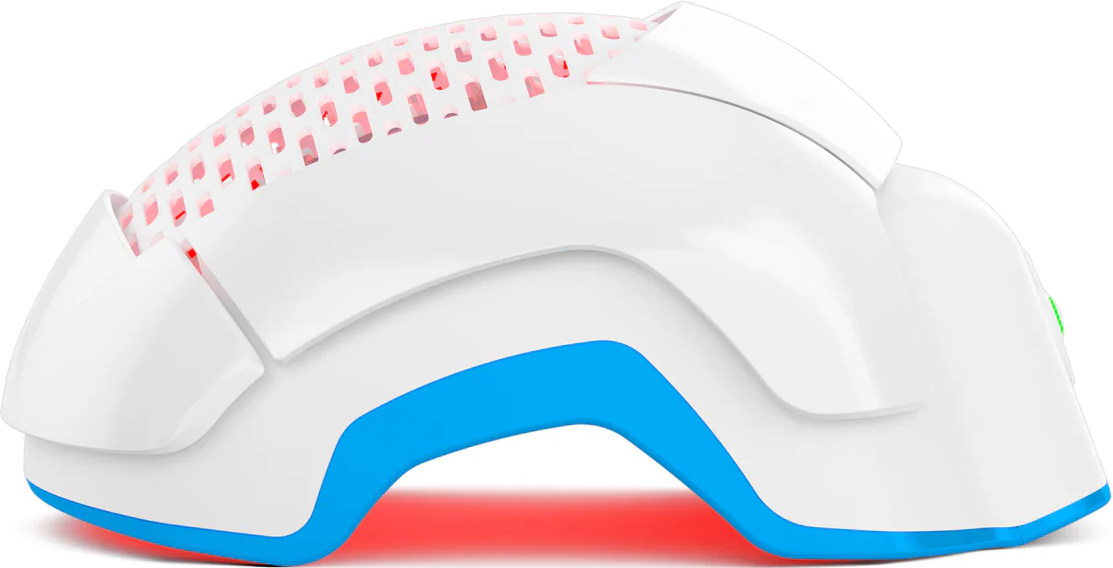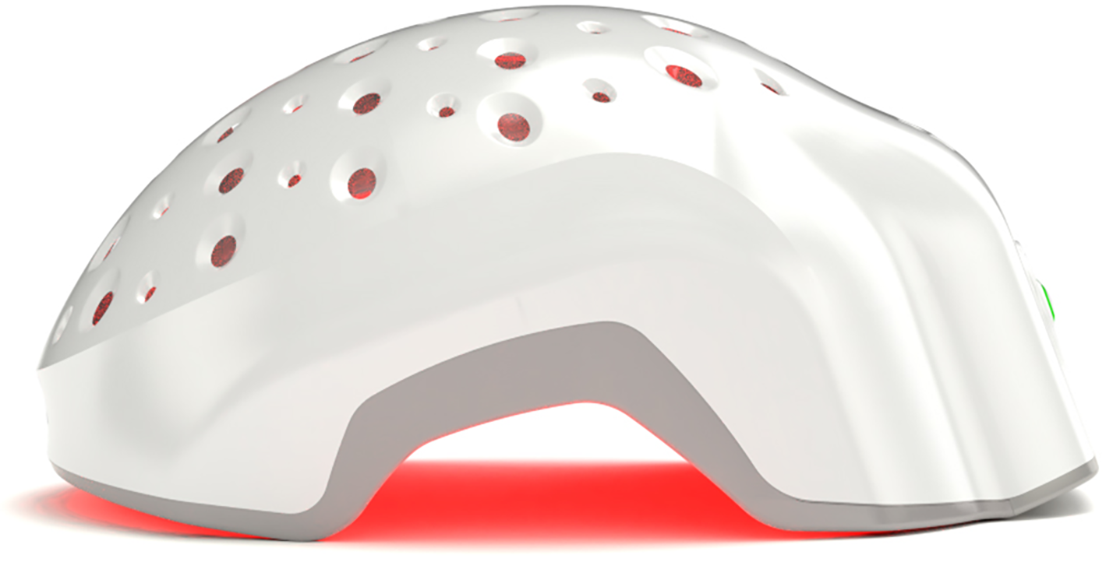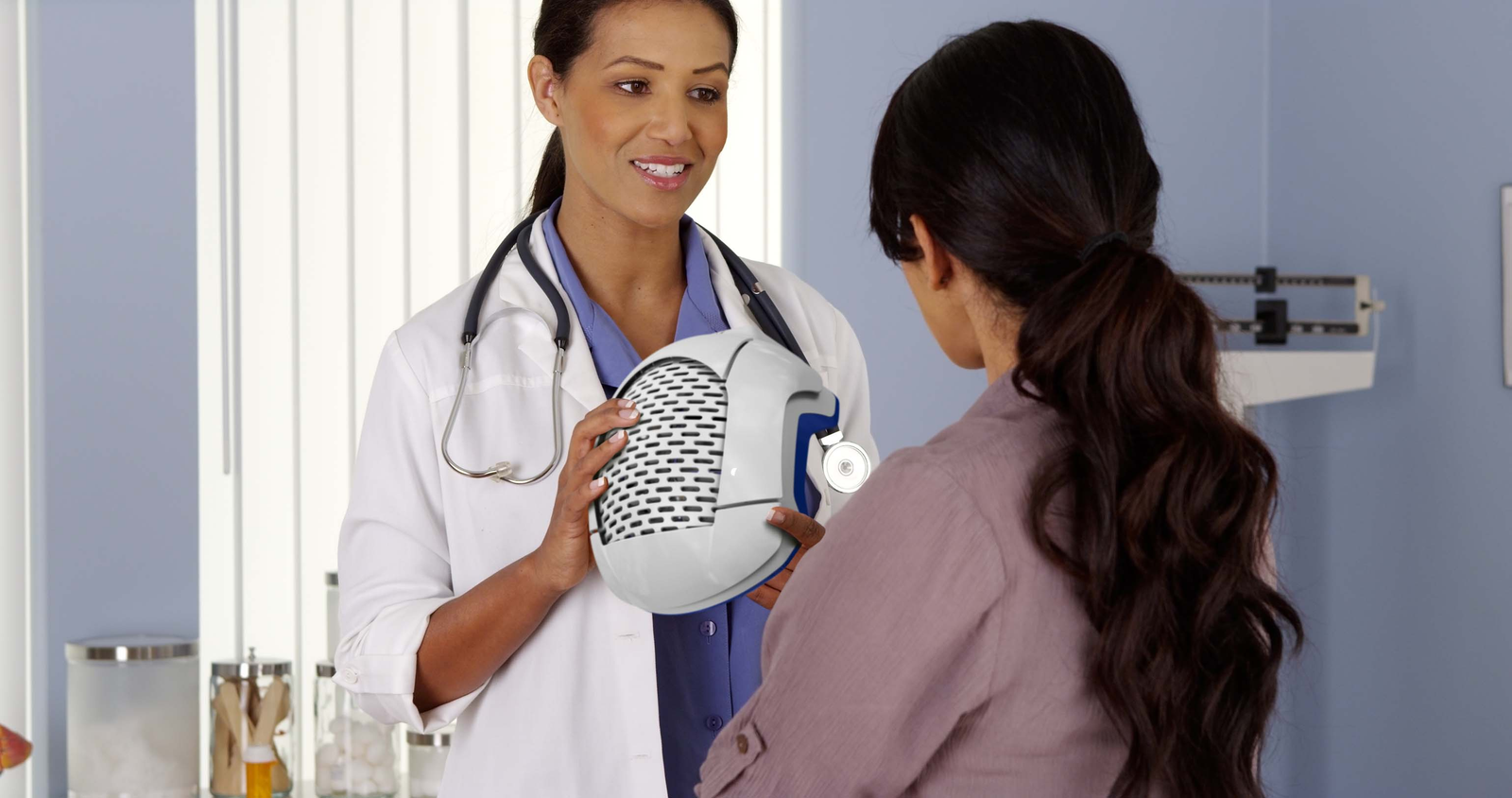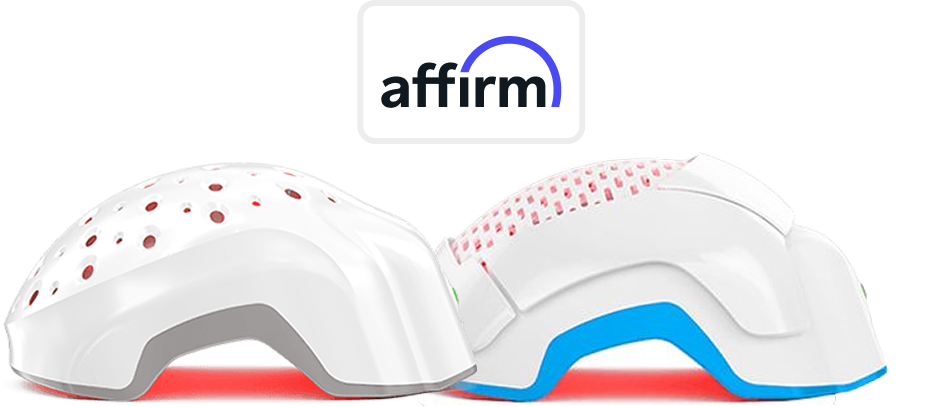Your hair says a lot about your health—far beyond what’s visible in the mirror. Sure, we all love a good hair day, but if you’re really in tune with your tresses, they might be revealing more about your overall well-being than you realize.
So, how to tell if your hair is healthy?
Let’s start with the basics: it’s not just about shine or thickness. Healthy hair is a sum of several subtle signs that, when combined, paint a picture of vitality from root to tip.
You might think your hair is doing fine because it looks decent after a styling session, but true hair health runs deeper. It’s the resilience to everyday wear and tear, the bounce back after a tug, and yes, the shine that isn’t just a product of your latest serum but a natural glow that comes from well-nourished strands.
And here’s the thing—most people miss these signs of healthy hair. They focus on the wrong indicators, leaving potential issues unchecked until they snowball into something more serious. But not you.
In this guide, we’ll walk you through the five common signs of healthy hair that go beyond the surface.
What Exactly is Healthy Hair?
Just like we describe a person's body as healthy – energetic, balanced, and well-functioning – hair has its own markers of health. Healthy hair is strong, shiny, and resilient, with each strand free of damage and breakage. It retains moisture well, thanks to a well-sealed cuticle layer, and has a natural elasticity that allows it to stretch without snapping. The scalp, too, plays a key role: a balanced, irritation-free scalp supports hair growth and prevents issues like dandruff or thinning. Simply put, healthy hair is nourished hair – vibrant from root to tip.
5 Signs That Tell Your Hair is Healthy
Healthy hair is not just about how it looks; it’s also about how it feels and behaves. Let’s look at the signs that differentiate healthy hair from unhealthy hair.
1. Natural Shine
Natural shine in your hair is more than just a sign that you’ve nailed your hair care routine; it’s a clear indicator of a well-nourished and healthy cuticle. When your hair is truly healthy, the cuticle layers—those outermost parts of each strand—lie flat and smooth, reflecting light beautifully. This is the type of shine that can’t be bottled or replicated by even the fanciest products. It’s the result of a well-cared-for hair structure, not a temporary gloss from a serum or spray.
If your hair has that natural sparkle without looking greasy, you’re definitely on the right track. This kind of shine tells that your hair is healthy and retaining moisture properly and that the cuticles are doing their job: protecting the inner layers and reflecting light in a way that makes your hair look vibrant and alive. So, the next time you catch your hair gleaming in the mirror, know that it’s a sign of real, underlying hair health.
Products that promise shine can add some surface gloss, but they can’t replicate the deep, natural glow of healthy hair. If you’re wondering how to know if your hair is healthy, that natural, non-greasy shine is one of the best indicators you can look for. Keep that cuticle smooth and nourished, and your hair will do the rest.
2. Elasticity – The Stretch Test
Elasticity is not just about how shiny or soft your hair feels; it’s about how well it can withstand a little bit of stress. To know if your hair is healthy, try this: take a single strand of wet hair and gently stretch it. If it returns to its original length without breaking or snapping like a dry twig, congratulations—you’re dealing with some seriously resilient locks.
But what gives your hair this impressive elasticity?
It all comes down to keratin, the protein that forms the building blocks of your hair. Keratin, along with other proteins, creates the structural framework that keeps your hair strong and stretchy. However, just like a rubber band that’s been stretched one too many times, your hair can lose its elasticity if it’s not properly nourished.
This is where nutrition steps in. A diet rich in proteins, vitamins, and minerals supports keratin production and overall hair health. If you’re looking to improve hair health, consider adding more protein-rich foods like eggs, fish, and nuts to your diet. These nutrients not only maintain your hair’s elasticity but also help it bounce back from damage more effectively.
And let’s not forget: hair care products play a role too. Using the right products that support hydration and avoid harsh chemicals can make a huge difference in maintaining that perfect balance between strength and flexibility.
3. Minimal Breakage
When it comes to healthy hair, one of the clearest signs is minimal breakage. Unlike split ends, which often signal that your hair is crying out for help, hair breakage refers to those annoying little pieces that snap off and fall away. If you’re not seeing your bathroom floor covered in a mini snowstorm of hair, that’s a strong indicator that your hair is on the right track.
But let’s not just skim the surface. The real secret to reducing breakage starts from within. A balanced diet rich in vitamins, particularly biotin, plays a crucial role in keeping your hair strong and resilient. Think of biotin as the glue that holds your hair’s structure together. Without it, your hair becomes brittle, leading to more breakage over time. So, if your hair isn’t shedding more than your cat, you’re doing something right.
However, it’s not just about what you eat; it’s also about how you care for your hair. Gentle handling, avoiding excessive heat, and using the right products can make a world of difference in preventing breakage. And remember, breakage isn’t just about losing strands—it's about maintaining the overall strength and integrity of your hair.
Lastly, if you’re wondering how to tell if your hair is healthy, minimal breakage should be one of the key characteristics to look for. Healthy hair isn’t just about shine and length; it’s about resilience. So, next time you run your fingers through your hair, take note: if you’re not left with a handful of broken strands, you’re in good shape.
4. Thickness
Hair thickness (whether you have thick or thin hair) is a direct indicator of the vitality of your hair follicles and overall hair health. When each strand maintains its fullness, it signals that your hair follicles are receiving adequate nutrients and are not under undue stress. However, if you notice a decrease in thickness, it might be time to evaluate not just your hair care routine but also your lifestyle and overall health.
While genetics certainly play a pivotal role in determining hair thickness, they aren’t the end-all-be-all. Factors like diet, stress management, and proper hair care practices significantly influence the density of your hair. For instance, a diet rich in essential nutrients like biotin, vitamins D and E, and omega-3 fatty acids can bolster your hair’s natural thickness. On the other hand, chronic stress can lead to hormonal imbalances, resulting in thinner hair. Managing stress through mindfulness practices, exercise, and adequate sleep can help maintain those thick, luscious locks.
Hormonal balance is another critical factor. For example, conditions like hypothyroidism or polycystic ovary syndrome (PCOS) can lead to thinning hair. Keeping your hormones in check through regular medical consultations and healthy living is key. If you’re still getting that enviable volume without resorting to a teasing comb, it shows your hair is healthy and is likely in prime condition.
5. Scalp Health
Your scalp is more than just the base for your hair; it’s the bedrock of hair vitality. Think of it as the soil in which your hair grows—healthy soil yields healthy crops. Similarly, a healthy scalp is the foundation of lustrous, strong hair. Signs that your scalp is in good shape include the absence of irritation, flakiness, or excess oil. If your scalp isn’t happy, it’s likely that your hair isn’t either.
A well-balanced scalp is key to maintaining hair health. Regular scalp care routines, such as gentle exfoliation and proper cleansing, can prevent the buildup of dead skin cells and excess oil, both of which can clog hair follicles and hinder growth. Gentle exfoliation—yes, your scalp needs that too—helps remove dead skin cells and product buildup, allowing your scalp to breathe. Proper cleansing with mild shampoos keeps the scalp environment clean and balanced without stripping away natural oils that are crucial for hair health.
The science backs this up: studies have shown that a healthy scalp environment is closely linked to hair growth and overall hair vitality. In fact, research highlights that conditions like dandruff or seborrheic dermatitis can lead to hair thinning and even hair loss if left untreated. By maintaining a healthy scalp, you’re essentially giving your hair the best possible environment to thrive.
So, if your scalp is flake-free and calm, your hair is probably doing a happy dance, thanking you for the TLC. Regular attention to your scalp might just be the secret weapon you’ve been missing in your hair care routine. Remember, the next time you’re checking for how to tell if your hair is healthy, start by looking at your scalp—it’s the true tell-all of what’s going on up top.
How to Know If Your Hair is Unhealthy?
While healthy hair shines and bounces back from damage, unhealthy and damaged hair shows its struggles in a few key ways. Here are some signs to look out for:
- Dullness and lack of shine
- Increased breakage and split ends
- Dryness and rough texture
- Excessive hair shedding
- Persistent scalp issues (e.g., dandruff, itchiness)
If you notice any of these signs, your hair may need some extra care and nourishment to get back to its healthy state.
How to Keep Your Hair Healthy?
Healthy hair is more than just good genes; it's a reflection of proper care, inside and out. From what you eat to how you treat your hair, a few smart choices can keep your locks looking and feeling their best. Here are some effective methods to maintain healthy hair:
Maintain a Balanced Diet
A balanced diet rich in vitamins, minerals, and proteins is crucial for hair health. Nutrients like biotin, vitamin D, zinc, and omega-3 fatty acids nourish hair from within, supporting growth, strength, and shine. Include foods like leafy greens, nuts, eggs, and fish for optimal hair vitality.
Choose the Right Hair Products
Using hair products tailored to your hair type can make all the difference. Look for shampoos, conditioners, and treatments that are sulfate-free, hydrating, and protective. Avoid harsh chemicals in hair products that strip your hair of its natural oils and instead opt for products that strengthen and enhance your hair's natural texture.
Stay Hydrated
Water isn't just for your body; your hair needs it too! Staying hydrated helps maintain moisture levels in your hair strands, reducing dryness and brittleness. Aim to drink plenty of water daily to keep your hair soft, supple, and resilient against damage.
Limit Heat Styling
Heat styling tools can wreak havoc on your hair over time, leading to dryness, breakage, and weakened strands. If you want to keep your hair healthy, limit the use of blow dryers, flat irons, and curling wands, or use them on the lowest heat setting with a heat protectant.
Regular Trims
Regular trims are key to maintaining the even thickness of your hair and preventing split ends from traveling up the strands. Aim to trim your hair every 6-8 weeks to promote healthier growth and keep your hair looking fresh and full.
Conclusion
Healthy hair goes beyond just looking shiny or feeling soft. It’s about the overall condition of your hair, scalp, and the nutrients that support it. The five key signs of healthy hair include natural shine, which reflects a nourished cuticle; elasticity, showing resilience to damage; minimal breakage, which indicates strong, well-cared-for hair; thickness, revealing well-nourished hair follicles and good overall health; and a healthy scalp, which provides the ideal environment for hair growth. Together, these factors give a clear picture of your hair’s true vitality. When your hair is naturally shiny, elastic, resistant to breakage, thick, and supported by a healthy scalp, it’s safe to say your hair is thriving. These elements work in tandem to create strong, nourished hair that not only looks good but feels good too.
If your unhealthy hair is leading to excessive hair loss, consider trying Theradome. This FDA-cleared laser phototherapy device uses low-level laser light to stimulate blood flow to the scalp, promoting healthier hair follicles and thicker hair growth. The lightweight hair helmet is easy to use at home, and regular sessions can enhance hair density and reduce shedding over time, providing a practical solution for those struggling with hair loss.
